3I/ATLAS: Everything you need to know about the new 'interstellar visitor' shooting through the solar system
Astronomers have spotted a new interstellar object — the third of its kind ever seen — shooting towards us through the solar system. Here's everything you need to know about 3I/ATLAS.
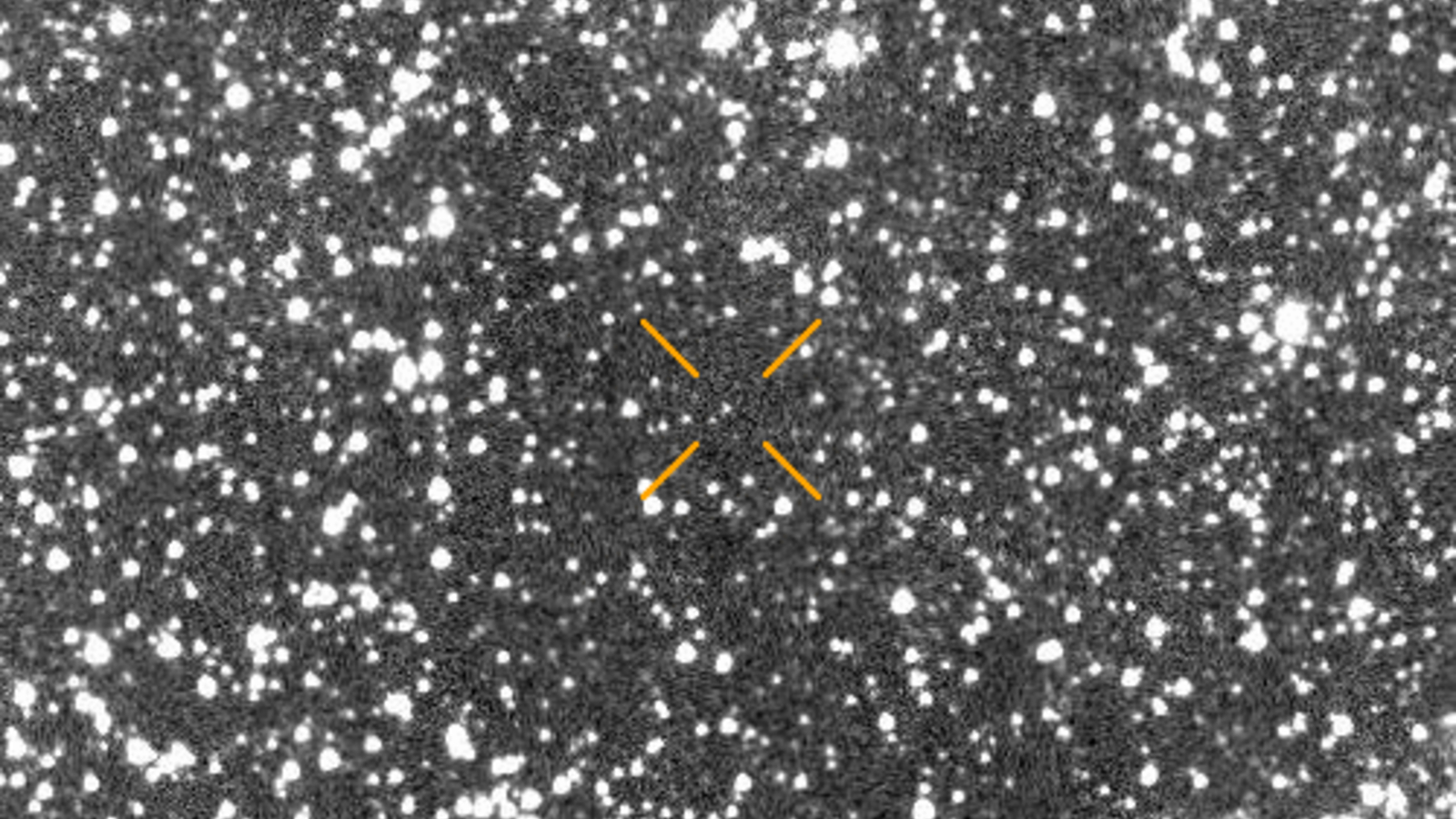
The solar system has an uninvited guest that is currently shooting toward us on a one-way trip through our cosmic neighborhood.
The newly discovered interstellar visitor, named 3I/ATLAS, is only the third of its kind ever seen.
It was discovered on July 1 and immediately raised eyebrows because of its high speed and extreme trajectory, which suggested it would pass straight through the solar system. Within 24 hours, NASA confirmed that the object does not belong here and is destined to leave again.
The extrasolar entity, which is likely a comet, is barreling toward us at more than 130,000 mph (210,000 km/h) and will reach its closest point to the sun in late October, before beginning its long journey back out toward interstellar space.
Related: Watch newly discovered 'interstellar visitor' 3I/ATLAS shoot toward us in first livestream
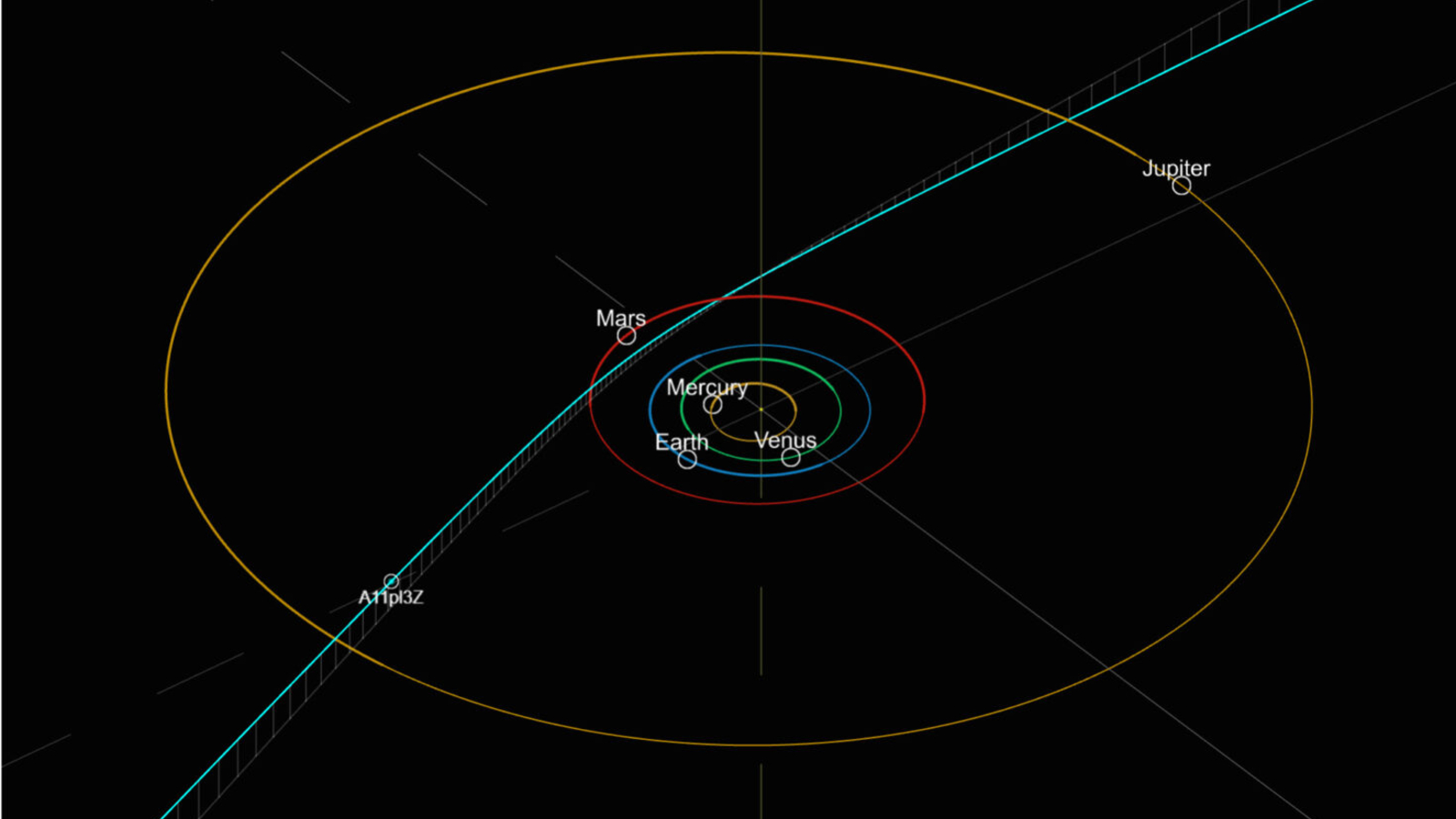
But the discovery raises lots of questions about 3I/ATLAS, such as where it came from, what it's made of, when it will be closest to Earth and how researchers can best study it.
What are interstellar objects?
An interstellar object (ISO) is anything that originates from outside the sun's sphere of influence. This includes asteroids and comets that have been gravitationally captured by, and now permanently reside within, our solar system. However, we currently have no system for spotting these objects.
Get the world’s most fascinating discoveries delivered straight to your inbox.
Therefore, the only confirmed ISOs we know about are the ones that we have seen zooming through the solar system at high speeds.
Only two other ISOs have ever been confirmed: 1I/'Oumuamua, a space rock that was discovered in 2017; and 2I/Borisov, a comet spotted in 2019. However, astronomers have long assumed that there are many more ISOs that we cannot see.
A potential ISO exploded in the skies above Papua New Guinea in 2014. However, this remains inconclusive.
How was 3I/ATLAS discovered?
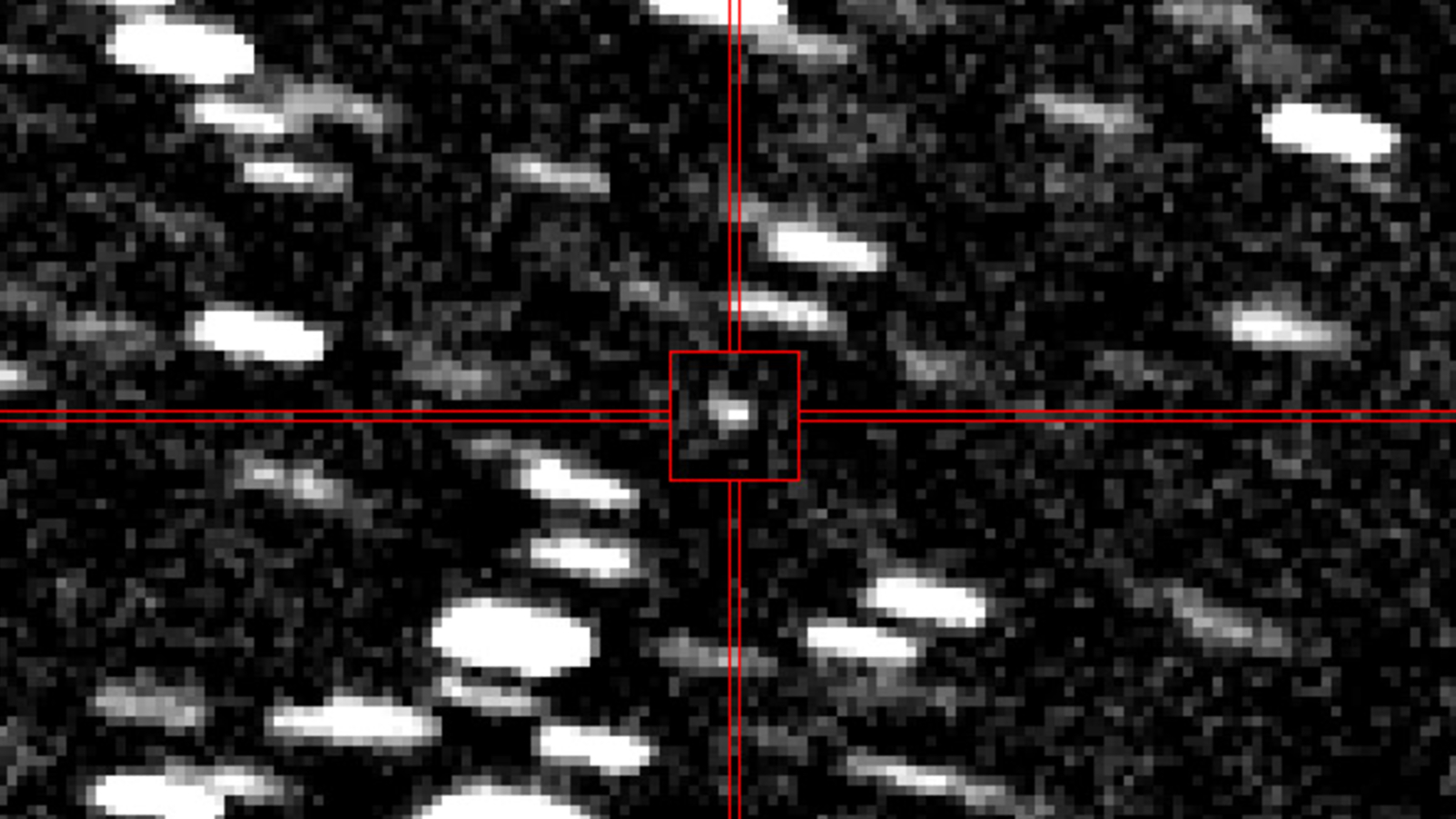
3I/ATLAS was first spotted in data collected between June 25 and June 29 by the Asteroid Terrestrial-impact Last Alert System (ATLAS), which automatically scans the night sky using telescopes in Hawaii, Chile and South Africa. The object was initially dubbed A11pl3Z before receiving its official designation.
Multiple other researchers then quickly established that the object was an ISO using data going back to June 15, according to NASA.
More than 40 researchers collated their results into a paper uploaded July 3 to the preprint server arXiv, which was the first study written about the new object.
The discovery of 3I/ATLAS was a group effort, and a reminder of the importance of cooperation, study lead author Darryl Seligman, an astronomer at Michigan State University, told Live Science in an email. "We only have one shot at this object and then it's gone forever," he added. "So we want as much information from all of our observatories as we can possibly get."
What do we know about 3I/ATLAS?
Researchers initially assumed that 3I/ATLAS was an asteroid. However, in subsequent observations, the object looks more similar to a comet.
The interloper has displayed "tentative signs of cometary activity" — including being surrounded by a bright cloud of gas and ice, known as a coma, and having what looks like a tail — according to the International Astronomical Union's Minor Planet Center. Its proposed comet name is C/2025 N1 (ATLAS).
3I/ATLAS is different from its predecessors due to its size, although "it's hard to measure its size right now," Aster Taylor, a graduate student at the University of Michigan and co-author of the new study, told Live Science in an email.
The researchers estimate that the comet and its coma are up to 15 miles (24 kilometers) across, making it significantly bigger than 'Oumuamua or Comet Borisov, which were both less than a mile (1.6 km) wide. It is also traveling faster, on a straighter trajectory, than those other two interstellar objects.
The past two objects have come toward the sun head-on compared to our home star's trajectory through the Milky Way, but 3I/ATLAS is coming side-on, or perpendicular to the sun's trajectory, Wes Fraser, an astronomer with National Research Council Canada, told Live Science in an email. "It's peculiar to say the least."
Does 3I/ATLAS pose a hazard to Earth?
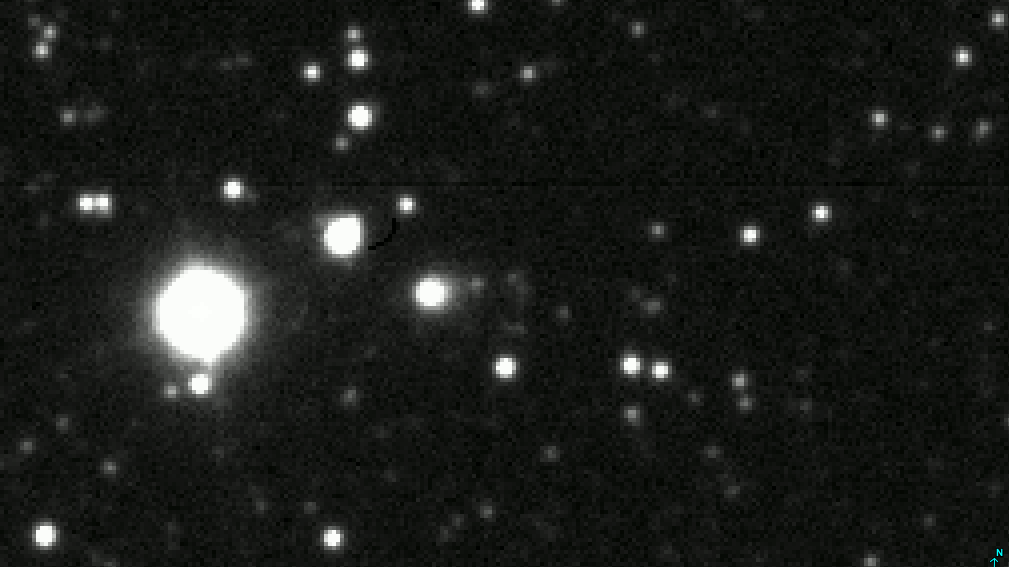
3I/ATLAS was around 4.5 astronomical units (AU) from the sun when it was discovered, or 4.5 times the distance between Earth and the sun.
It will reach its closest point to the sun, or perihelion, on Oct. 30, coming within 1.5 AU of our home star. Shortly before this happens, the object will also make its closest approach to Mars, coming within 0.4 AU of the Red Planet. But the comet will make its closest approach to our planet in December, on its journey back out of the solar system. As a result, "the comet poses no threat to Earth and will remain at a [minimum] distance of at least 1.6 astronomical units," NASA officials wrote.
While the object is currently too faint for backyard stargazers to see, it will brighten significantly as it moves toward the sun and should be visible in the coming months, according to Spaceweather.com.
Where did 3I/ATLAS come from?
Researchers are keen to work where 3I/ATLAS comes from. Another study uploaded to the preprint server arXiv on July 7 suggests that it likely came from the Milky Way's "thick disk," which accounts for around two-thirds of our galaxy's stars. However, researchers will need much more information to pin down a more accurate loacation.
"But it really could have come from any number of stars, not necessarily local ones," Fraser noted.
While we know what general direction the object is coming from, it is hard to match it to a potential star system without knowing how old it is. The comet could have been "wandering for a few billion years before paying us a chance visit," Amir Siraj, a doctoral candidate at Princeton University who has previously studied interstellar objects, told Live Science in an email.
Although we have only just discovered 3I/ATLAS, it has likely been with us for quite some time.
It likely came within the orbit of Neptune in mid-2023 and will head back past the distant gas giant in early 2028, Marco Micheli, an astronomer at the European Space Agency's Near Earth Object Coordination Centre who helped discover 'Oumuamua, told Live Science in an email. Depending on where you define the edge of the solar system to be, it could take up to several decades for an ISO to pass completely through, he added.
Is 3I/ATLAS an alien probe?
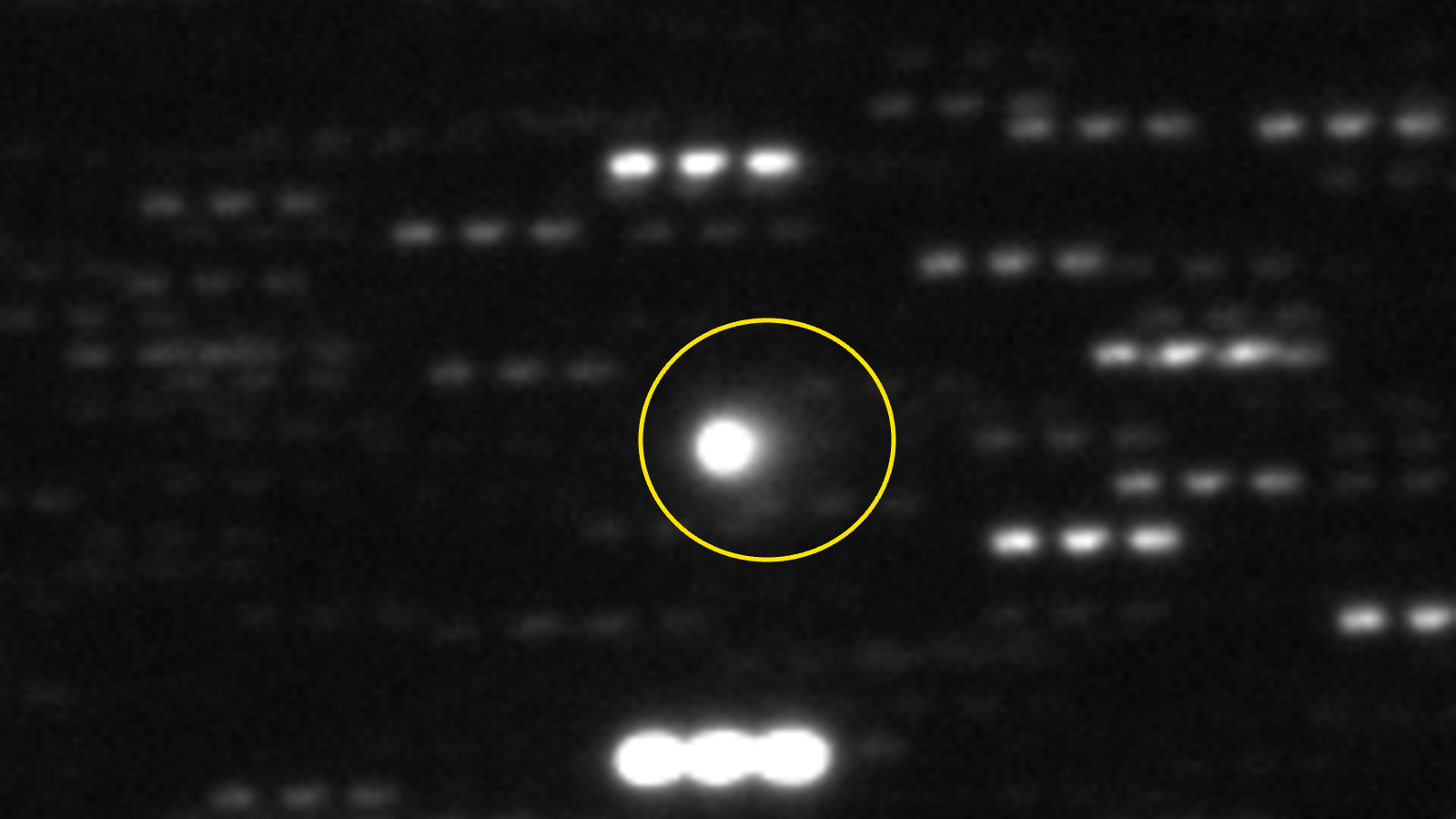
It is extremely unlikely that 3I/ATLAS has any ties to an extraterrestrial civilization.
When 'Oumuamua was discovered in 2017, some experts claimed that the ISO could have been a disguised spacecraft due to anomalies in its acceleration.
However, because 3I/ATLAS seems to behave like a regular comet, the same theory has not been proposed so far.
Nevertheless, some researchers are still keen to study the ISO for similar reasons: Avi Loeb, an astronomer at Harvard University who first proposed the theory that 'Oumuamua was extraterrestrial tech, has proposed using JWST to search for signs of "non-gravitational acceleration" from the comet, via a post he wrote on Medium.
Could we visit 3I/ATLAS?
We've sent probes to other objects like 3I/ATLAS before. For instance, in 2020, NASA's OSIRIS-REx mission successfully landed on the potentially hazardous asteroid Bennu, collected samples and later returned them to Earth.
Researchers had previously proposed similar missions for 'Oumuamua, as well as for future ISOs. But this is unlikely for 3I/ATLAS: "It may be possible theoretically, but we don't have any missions prepared that could do this, so we won't be able to," Taylor said.
The current "funding landscape" following the proposed cuts to NASA's budget also makes a mission unlikely, Seligman added.
When could we spot the next interstellar object?
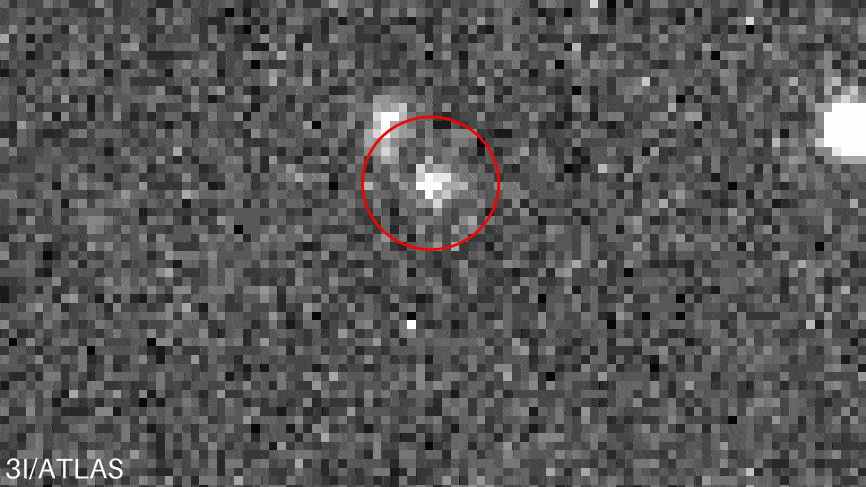
Experts told Live Science that ISOs pass through the solar system much more frequently than we spot them, although it's unknown how often this happens.
Moving forward, experts believe we will get better at spotting interstellar interlopers thanks to the Vera C. Rubin Observatory, which recently captured its first images and is already finding new asteroids.
"I'm expecting this to become a more frequent event," Micheli said.
We could see the next ISO in "as quick as a year," Taylor added, while Fraser believes we could start finding one "every two years" from now on.
With each discovery, researchers will be able to learn more about alien star systems and the exoplanets that reside within them: "Each one of these ISOs is a little piece of low-hanging fruit from a tree that can tell us a great deal about the trees growing in some other neighbourhood," Fraser said.

Harry is a U.K.-based senior staff writer at Live Science. He studied marine biology at the University of Exeter before training to become a journalist. He covers a wide range of topics including space exploration, planetary science, space weather, climate change, animal behavior and paleontology. His recent work on the solar maximum won "best space submission" at the 2024 Aerospace Media Awards and was shortlisted in the "top scoop" category at the NCTJ Awards for Excellence in 2023. He also writes Live Science's weekly Earth from space series.
You must confirm your public display name before commenting
Please logout and then login again, you will then be prompted to enter your display name.
